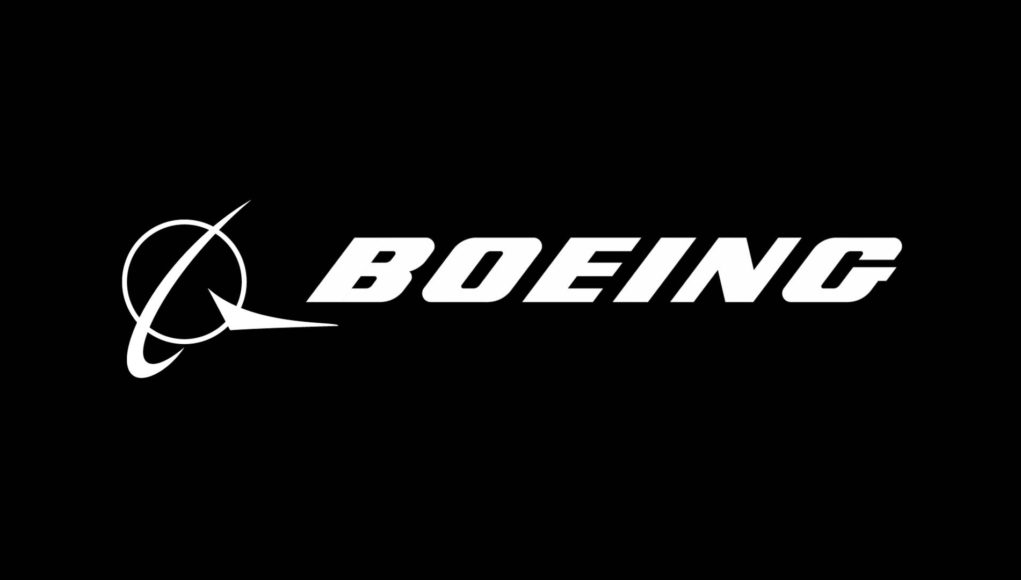Landing a contract with the Department of Defense for an unmanned refueling aircraft is a big deal and it looks like Boeing is in the running for making one of the best entrants.
Being able to refuel in mid-air is a big deal for the United States Air Force and would extend the range of the United States most popular multirole fighter, the FA/18 Super Hornet. Now, after months of development from one of the four developmental contracts, one of them being Boeing, we now have an idea what it looks like. According to Boeing in a press release they dropped earlier today (Dec. 19,2017) they’ve dropped a sneak peek of what to expect from what many have dubbed the winning entrant in the hotly contested MQ-25 project. Check out the exclusive photo below.
Revealed and ready! #BoeingMQ25 #UAS future @USNavy tanker will extend the range of combat aircraft from the flight deck to the fight!
RELEASE: https://t.co/tkDt0R84zB #MQ25 #PhantomWorks pic.twitter.com/gSgS8xmIRR— Boeing Defense (@BoeingDefense) December 19, 2017
So far, Boeing hasn’t dropped any significant information on its proposal which will compete with the likes of General Atomics Aeronautical Systems and Lockheed Martin.
Being a carrier-based system, this MQ-25 Boeing entrant will have to “integrate with a carrier’s catapult and launch and recovery systems.” And at first glance, the conventional shape and landing gear hints that it’s taking a traditional approach to this challenge.
“Boeing has been delivering carrier aircraft to the Navy for almost 90 years,” says Don ‘BD’ Gaddis, leader of the refueling system program for Boeing’s Phantom Works technology organization. “Our expertise gives us confidence in our approach. We will be ready for flight testing when the engineering and manufacturing development contract is awarded.”
Right now, the F/A-18 Super Hornet has an unrefueled combat radius of 450 nautical miles, but with refueling capabilities, that would extend the range to 700 nautical miles and beyond. The goal of this project is to be able to refuel 4-6 Super Hornets past 500 nautical miles.
By utilizing an unmanned aerial vehicle to carry out this task, the risks of refueling in mid-air and its challenges are now automated making it that much easier for the pilot refueling. Additionally, it’s more economically viable to refuel multiple specialized aircraft while they’re in the air than having them refuel on land before returning back into the air.
Final proposals from all entrants are due by January 3, 2018.




